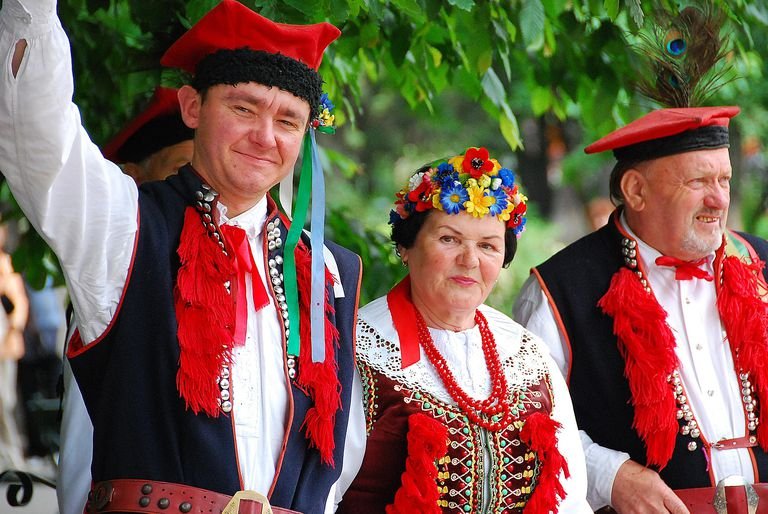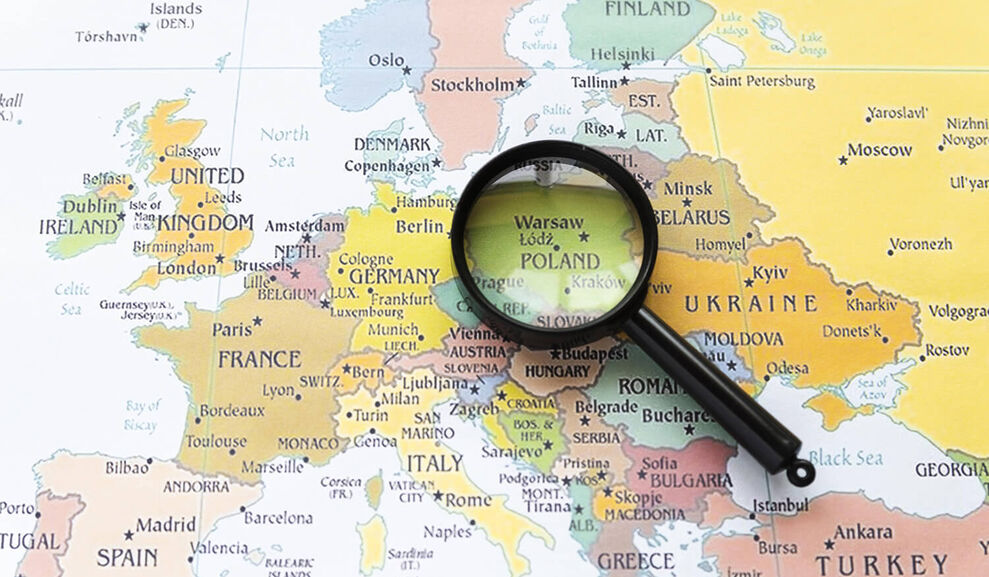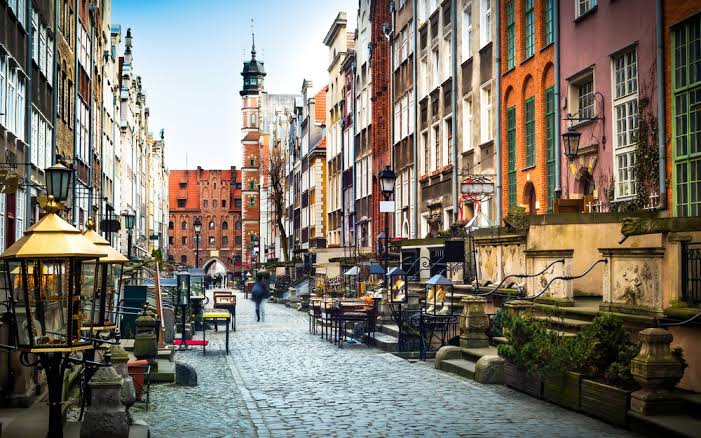

Religious Traditions in Poland
Religious Traditions in Poland
Churches Carved in Wood
Roman Catholic and Eastern Orthodox wooden churches are found in the regions of Małopolska and Podkarpacie (Carpathian Foothills) in many villages and little towns. They are unique examples of rural wooden architecture and enchant visitors with their graceful forms and beautiful interior decorations.
Pilgrim’s Progress
Roman Catholic sanctuaries are landmarks in Poland. The majority of pilgrims go to the Pauline Monastery on Jasna Góra in CzÄ™stochowa to the Blessed icon of the Black Madonna, venerated both in Poland and abroad. The followers of other faiths have their sanctuaries in many places around the country. The Eastern Orthodox at Grabarka, the Protestants at Karpacz, WisÅ‚a and Cieszyn,and the Muslims at Bohoniki and Kruszyniany.
Colourful and Mysterious
On Palm Sunday, prior to Easter, an unusual procession is held in Åyse, a village in the Kurpie region, and in Lipnica Murowana near Bochnia. Several, 25 metre-high Easter ‘palms’ can be seen soaring above the crowd. Made of wicker and wood, decorated with paper fl owers, these palms are slender but surprisingly solid. Corpus Christi processions are also representative of ancient religious and folk customs. Those held in Åowicz are especially well-known. Women’s costumes fl ash with the colours of the four seasons and the procession resembles a parade of a fi eld of fl owers.
The Salt Mine in Wieliczka
Wieliczka – Man and Nature Create a Masterpiece
Nature created the salt rock and the salt crystals and men carved them into galleries, chapels, sculptures and chandeliers, into this unique sparkling gem to stand as an equal amongst the great creations man has fashioned anywhere in the world. The Salt Mine in Wieliczka also contains an exceptional and unique museum of mining history with modern examples of equipment used as early as in the 13th century.
The Wieliczka Salt Mine in Brief:
Age: over 800 years old Length of galleries: over 300 kilometers Tourist route: over 2,000 meters Visitors: 700,000 per year, from all continents Unique features: underground lakes, chambers and pits, chapels and sculptures carved out of the salt rock, wooden bridges and passages Highlights: the Chapel of the Blessed Kinga, the patron of salt miners, hewn out by hand from solid salt Underground town: on several levels at depths ranging from 60 to 100 meters. The town has a sanatorium, post offi ce, cinema, restaurant, souvenir shop and concert halls





